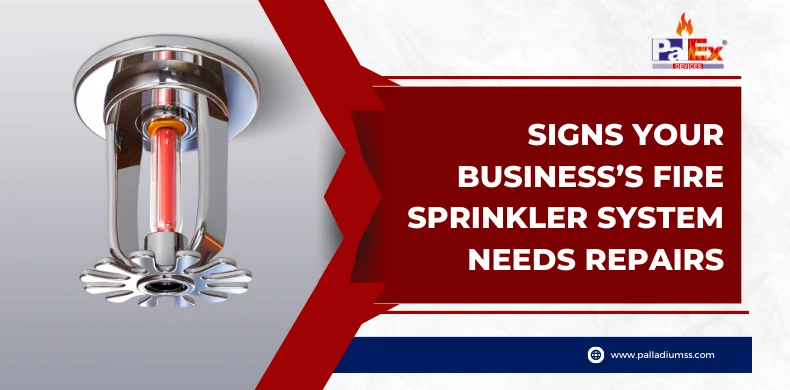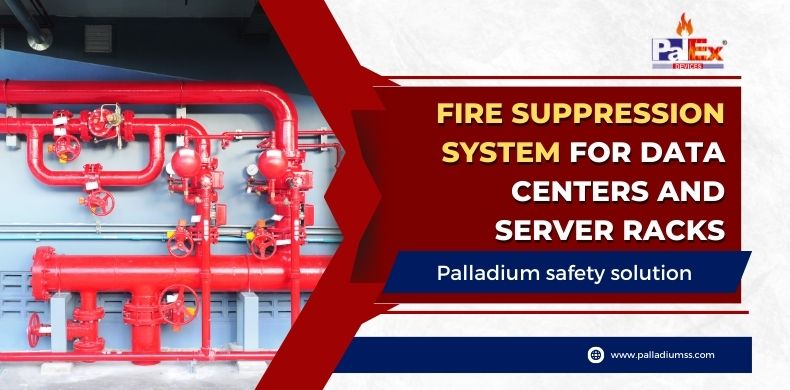The sprinklers play a significant role in the fire safety system. It consists of a water supply system that provides adequate pressure and the exact flow rate to a water distribution piping system to which the fire sprinklers are joined.
However, only if it reacts quickly and sprinkles water it can reduce the risk of injury or death from fire. If they don’t, the result would be awful. To prevent this mishap, it is important to ensure the proper functioning of sprinklers.
If you are a property manager for shopping malls looking for a checklist to inspect the fire sprinklers, we have got you covered. Keep reading to know what must be checked and when.
Parts of the Sprinkler System that Needs Inspection are
- Control valves
- Pipes and fittings
- Gauges
- Main drain
- Alarm devices
- Pre-action/deluge valves
- Hangers/bracing
- Sprinkler heads
- Water flow alarm
- Antifreeze solution
- Backflow prevention components
How to Inspect the Fire Sprinkler System?
A fire sprinkler system consists of multiple mechanical and electrical parts that can fail to work overtime and prevent the fire sprinkler system from not functioning properly. This is why inspection is highly recommended. Below you will find a checklist of fire sprinkler components that needs inspection based on a schedule.Monthly Inspection
-
Inspect Valves If
- They are properly sealed, locked, or supervised.
- Free from physical damage or external leaks’
- They are normal openly opened or in closed positions.
- Labeled appropriately
- And finally accessible.
2. Gauges
Gauges need to be inspected monthly. However, there are different kinds of sprinklers systems, so inspecting gauges differ.3. In Wet Systems
Check if normal water supply pressure is maintained.4. In Dry Systems
Apart from checking water supply pressure, also ensure that the gauge on the quick-opening device maintains the same pressure as the gauge on the system side of the dry pipe valve.
Also, gauges on systems with nitrogen or low air pressure alarms must be inspected. Almost every fire safety system has this component, and it’s estimated that over 40 million sprinkler heads are fitted every year.Quarterly Inspection
In addition to the monthly inspection, you must add the following:- Water flow alarm and supervisory alarm devices for physical damage.
- As a part of an inspection, you can test the water flow alarm using a simple trick. For this, open the test connection on a wet pipe system and then the bypass connection on a dry pipe system. Now check if the system works as expected.
- If it is a hydraulic sprinkler system, inspect the hydraulic nameplate to ensure it’s attached correctly and can be seen easily.
- Inspect fire department connections and check for visible damage.
Also, check the pressure reducing valves and relief valves and ensure if it’s not leaking, maintains downstream pressures with the design criteria, and is in good condition.
Annual Inspection
<- The annual inspection must include all the inspections done in the quarterly inspection.
- Inspect all sprinkler heads, including the fittings and piping.
- Ensure the presence of extra sprinkler heads on-site and the tools that allow changing the sprinkler heads.
- Interior of dry pipe valves
- Finally, conduct a main drain water flow test to determine if there is any change in the water supply piping.
Also read :Benefits of Installing Fire Sprinklers in Residential and Commercial Buildings










